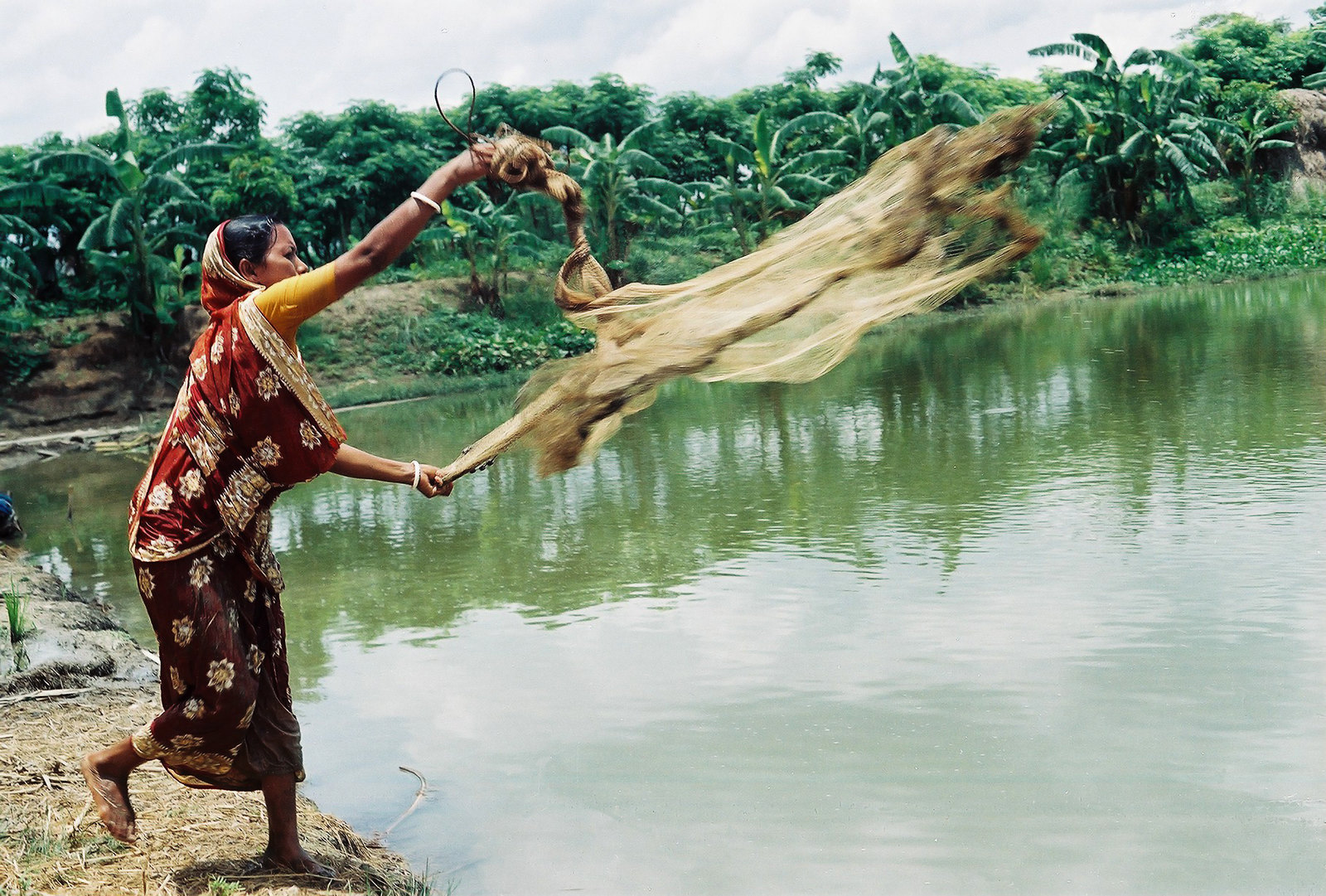Instruments like the Voluntary Guidelines on the Responsible Governance of Tenure of Land, Fisheries and Forests in the Context of National Food Security (VGGT) are "voluntary", i.e., legally non-binding. These instruments are intended to have a direct influence on the governance of the tenure practice of states by providing an internationally recognized set of principles, and by simultaneously encouraging good practices. This non-binding nature has worked positively by lowering the hurdle to reach an agreement on the VGGT contents, and by producing a baseline for further policy discourses. Endorsement though the Committee on World Food Security (CFS) shaped the expectation of all CFS members bound by the underlying obligation. Despite possessing no legal force and wielding no coercive mechanisms, voluntary instruments like the VGGT can be widely adopted and, maybe perplexingly to some, are generally followed.
The existence of so-called “soft law” is an integral part of the international legal system, and it is often generated through the United Nations, of which the CFS is a body. Soft law has a range of political and legal effects, and it interacts, or overlaps with, or is a precursor to, one or more of the traditional sources of law (e.g. "hard law"). Soft law has a number of significant advantages, including that it is easier to achieve, and facilitates compromise among different actors.
The VGGT do not replace existing national or international laws, commitments, treaties or agreements. At the same time, they do not limit or undermine any legal obligations which states may have under international law. Compared to international treaties, the VGGT also involve a different “theory of change” that promotes reform through multi-stakeholder dialogue, political consensus and international good practice.
Though usually applied to global problems, such as climate change, which no single state can prevent, most governance of tenure issues can be solved within a state. This would allow, for instance, a state to see opportunity in the prospect of greater investment inflows, and therefore in generating favourable conditions for competition for and attracting such investments in land, maybe at the cost of tenure rights and tenure right holders, and/or at the cost of environmental and social development, leading to land dispossession, environmental degradation, and the marginalization of smallholder family farmers. To avoid such unfair competition at the costs of tenure rights and right holders (e.g., a “race to the bottom”), the VGGT advocate for international cooperation in today’s interdependent world to achieve harmonized, efficient approaches to the governance of tenure of land and natural resources. The adoption of the VGGT implies cooperation between states to overcome sub-optimal or even negative outcomes affecting sustainable development, especially in the case of transboundary tenure issues or unfair competition. However, regulation at the national level is possible in both cases.
Finally, it should be stated that states and other actors may adopt soft law provisions in order to elaborate the provision of existing hard law. Over time, the international consensus embodied in the VGGT can provide the foundation for the development of legally binding norms.
This blog is based on paragraph 3 in the publication:
Jansen, L.J.M., 2020. Improving governance of tenure in policy and practice: monitoring in a space for multiple views. Sustainability 12 (23), 9896; doi:10.3390/su12239896 (https://doi.org/10.3390/su12239896).
Photo by Flickr user WorldFish.


